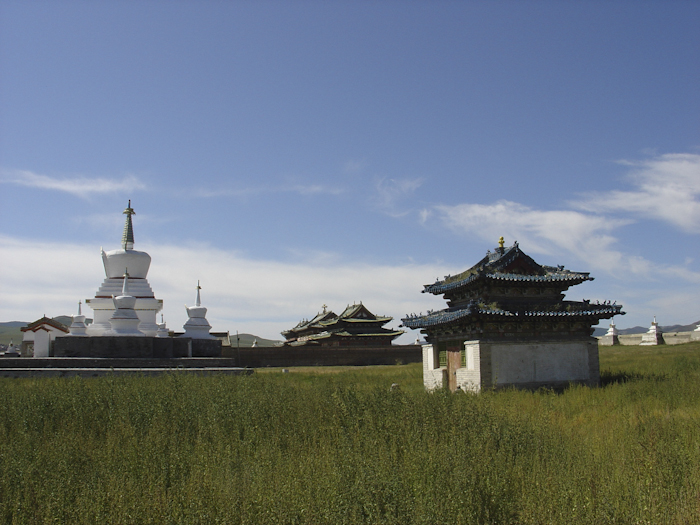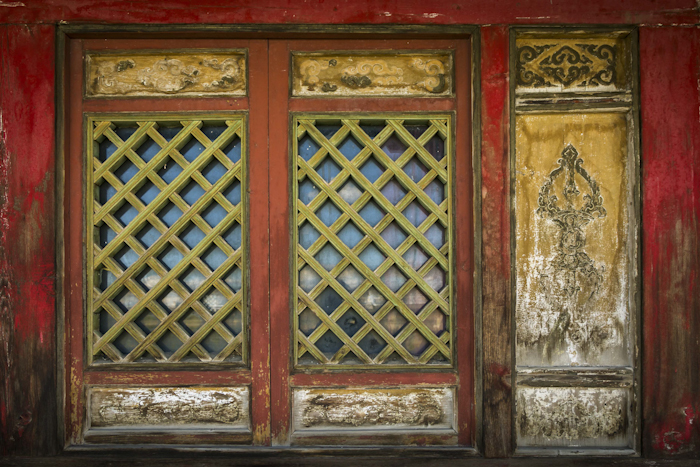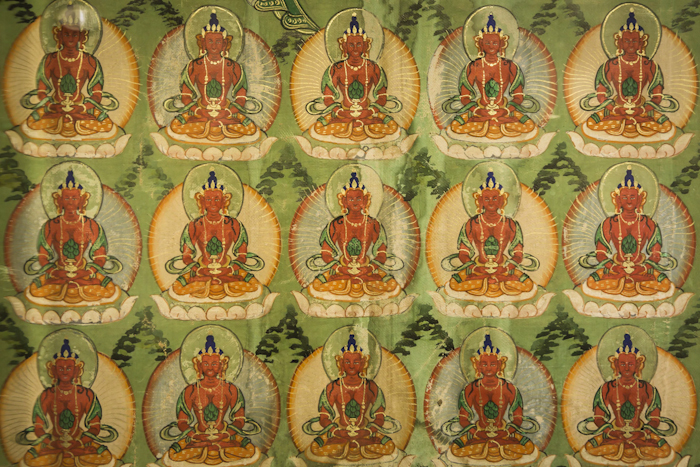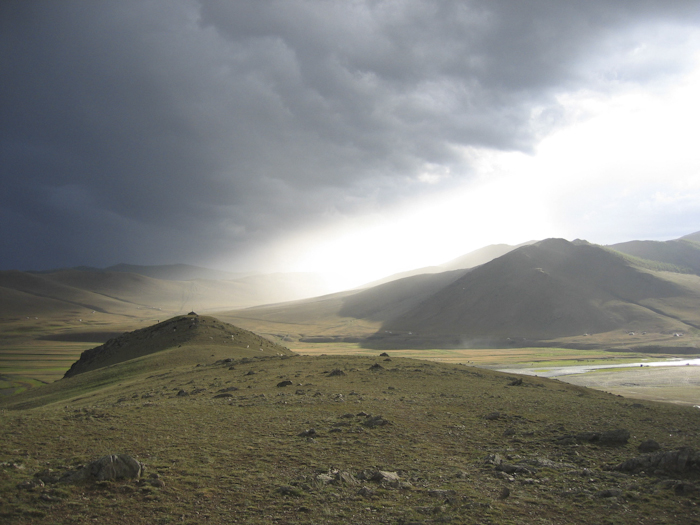Kharkhorin, Mongolia
Back in the 13th Century, Kharkhorin was constructed as a capital city which attracted traders, dignitaries and skilled workers from across Asia and even Europe.

Erdene Zuu Khiid was built in 16th Century using materials from the destroyed city, but was later badly damaged during the Stalinist purges of 1937, when the monks were either killed or deported to Siberia. This put the monastery completely out of business until 1965 when it was allowed to reopen as a museum, and then once again as a place of worship after the collapse of communism in 1990. At its peak, the monastery had 60-100 temples and 300 gers inside the walls plus 1,000 monks in residence.

The success of this city lasted around 40 years – until it was moved to Khanbalik, which was later known as Beijing. This move coincided with the collapse of the Mongol Empire leading to the abandonment of Kharkhorin and destruction by Manchurian soldiers in 1388.

With a population of less than 10,000, Kharkhorin is not the bustling, imperial city it once was in the Middle Ages, however given its immense history and presence in Mongolia, it is definitely worth adding to the list of places to see. The site of ancient Kharkhorin stretches about 1km south and east but with the foundations all underground, you will need a bit of imagination to picture the sheer scale of it all.

As well as Erdene Zuu Khiid, Kharkhorin is also home to Stone Turtles, Phallic Rock, the Great Imperial Map Monument and the town's new museum which is probably the best one outside of Ulaanbaatar.

The new museum is small but very impressive! It’s very well laid out in an air conditioned room with individual display cabinets and even has labels in English. There are local artefacts from the 13th & 14th centuries including pottery, coins, stone inscriptions and bronzes.
There are two Stone Turtles remaining from the four which originally marked the boundaries of the ancient city. Turtles are considered symbols of eternity and so were placed as protectors to Kharkhorin (formerly Karakorum) with inscribed stone steles on their backs.
The ‘phallic rock’ is a 60cm long stone penis pointing towards a small valley curiously named ‘vaginal slope’. It was built 2km from Erdene Zuu Khiid, supposedly to deter frisky monks from fraternising with the local women.
Overlooking Kharkhorin is the Great Imperial Map Monument which was built in 2004. There are impressive views from high up and you can also see how the three sides of the monument honour the various empires along the Orkhon Gol, including the Hunnu Period (300-200 BC), the Turkic Period (AD 600-800) and the Mongol Period (13th Century).
